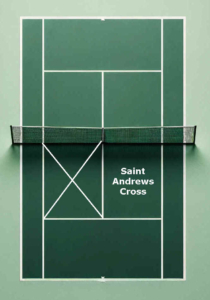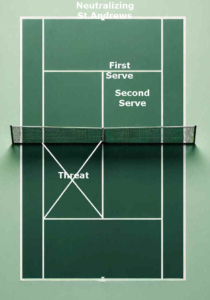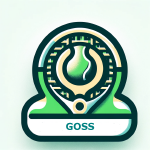The Six Crucial Eye Muscles Powering Tennis Success
The six eye muscles play a crucial role in sports vision, especially in tennis, where tracking a fast-moving ball and anticipating its trajectory are essential skills!

These muscles are responsible for controlling the movements of the eye, allowing an athlete to maintain focus on moving objects, adjust their position according to the ball’s speed and direction, and make quick strategic decisions.
In tennis, the effectiveness of these muscles can significantly impact a player’s performance in several ways:
1. Tracking: The ability to smoothly follow the ball’s movement across the court is essential in tennis. Effective eye muscle function allows players to keep their gaze fixed on the ball, enhancing their ability to hit the ball accurately.
2. Depth Perception: The coordination of the eye muscles helps in accurately judging the distance and speed of the ball, which is critical for timing swings and positioning correctly for shots.
3. Peripheral Vision: Strong eye muscles contribute to a wider field of view, allowing players to see a broad area of the court without having to move their heads excessively. This is particularly important in doubles play, where being aware of multiple players and their positioning is key.
4. Focus Switching: Tennis requires players to quickly shift their focus from near to far objects, such as looking at the ball and then at the opponent’s position. The agility of the eye muscles facilitates this rapid change in focus, helping players to anticipate the opponent’s moves and respond effectively.
5. Eye-Hand Coordination: Efficient eye muscle function is fundamental to coordinating visual information with physical movements. This coordination ensures that players can accurately gauge the ball’s path and speed, adjusting their movements for precise shot-making.
6. Visual Stability: During intense physical activity, keeping a stable visual field is challenging. The eye muscles help stabilize the vision amidst the rapid head and body movements, ensuring that players maintain focus on the ball and make accurate judgments about its trajectory.
Enhancing the strength and responsiveness of these eye muscles through specific visual training exercises can improve these aspects of tennis vision.
For tennis players, incorporating such exercises into their training regimen leads to better performance on the court by improving their ability to track the ball, judge distances accurately, and react swiftly to their opponent’s actions.







